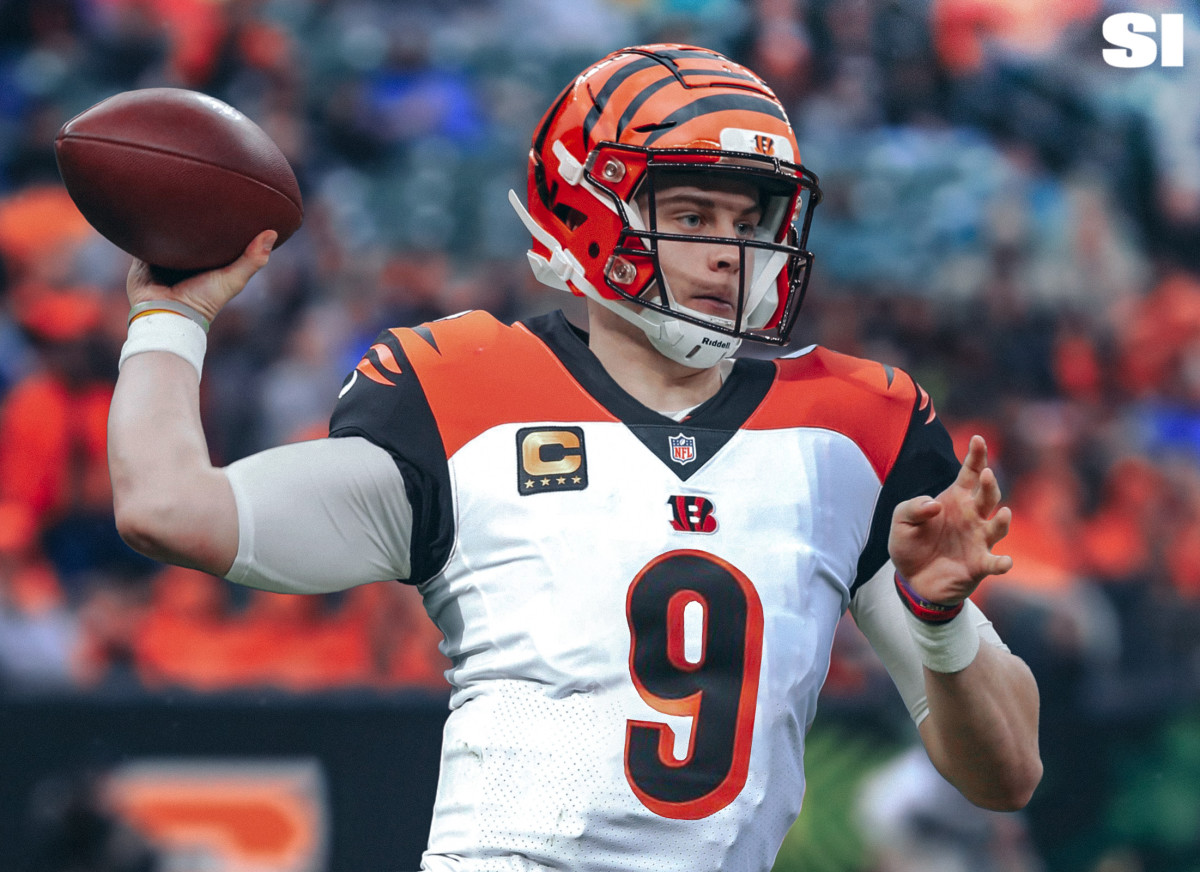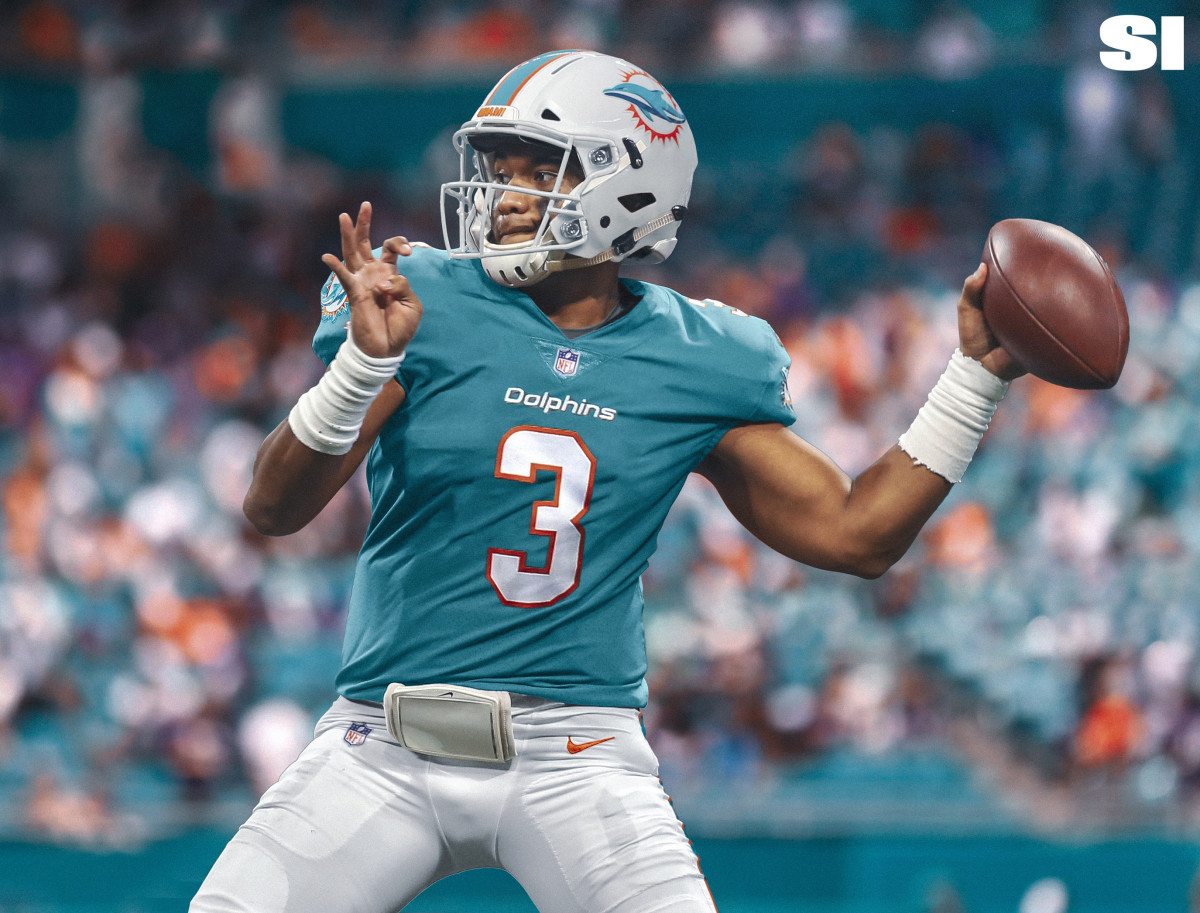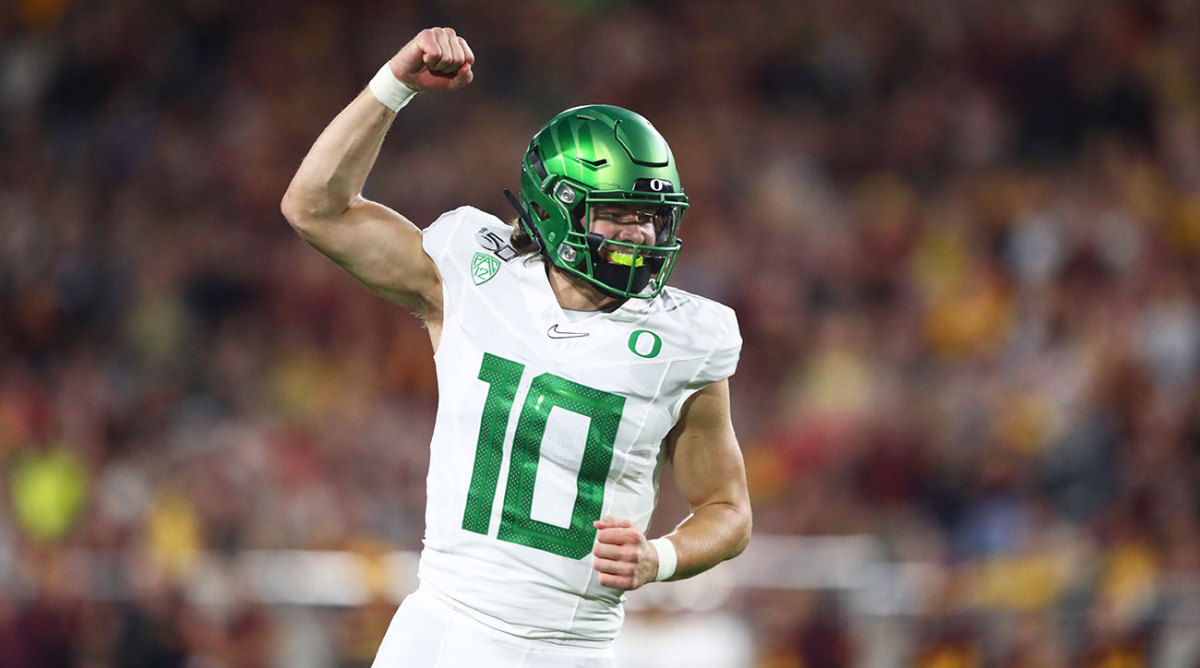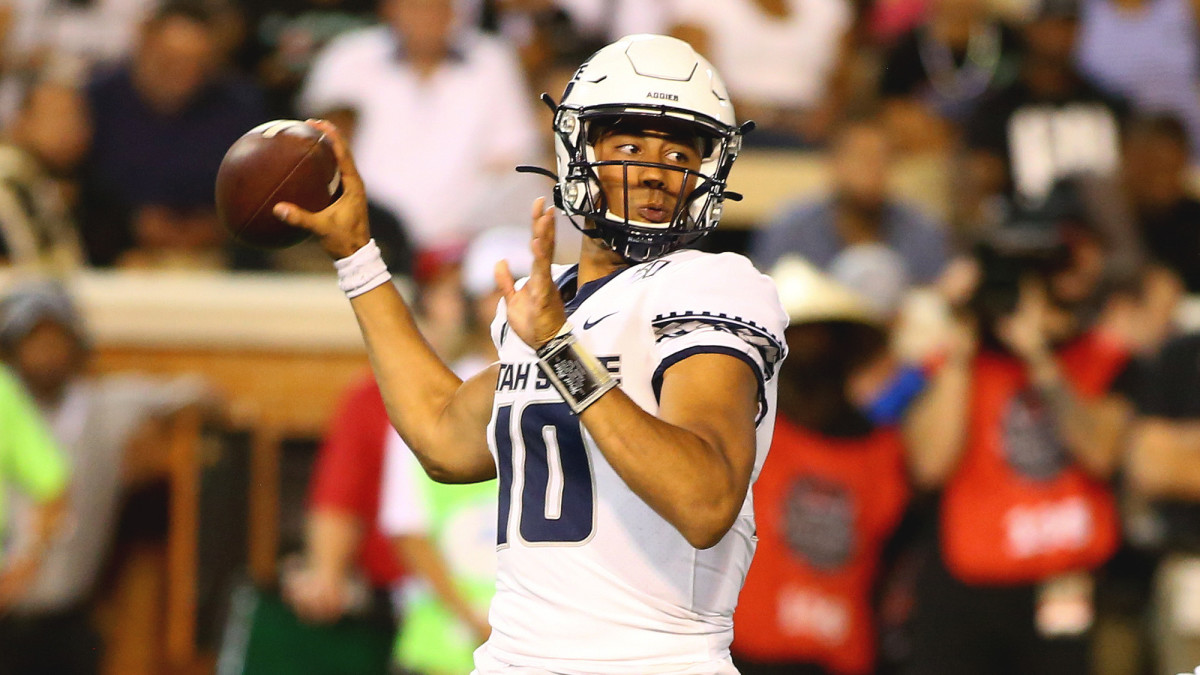Setting Reasonable Expectations for the Top Rookie Quarterbacks in 2020
If you’re still interested in gambling on this NFL season, consider yourself a true risk-taker (or the ultimate degenerate). The pandemic, the hundreds of roadblocks in the way of a legitimate NFL season, the uncertainty and the wave of player opt-outs have not dissuaded the large betting houses from relaying odds on everything football. A good example: Someone with a spare $100 laying around could throw that money down on Marlon Mack winning the league’s Most Valuable Player award in 2020 and win $25,000 over at William Hill. Stranger things have indeed happened in this world.
But let’s focus on the rookie quarterbacks, which is where a lot of the money and attention seems to go. There seems to be a moderate amount of confidence in Joe Burrow, for example, throwing for more than 3,700 this season (assuming it is a full 16-game season). The same can be said for Burrow throwing more than 24 touchdowns.
There is a similar confidence level in Tua Tagovailoa, throwing for more than 3,300 yards this season and more than 20 touchdowns.
While I am not here to give gambling advice, I am intrigued by the idea of setting the expectations for what should be considered a “good” season for a rookie quarterback. People throwing money around don’t care about organizational health or the rate at which a player should ascend in the NFL. They don’t care about the real reasons coaches make certain decisions. I, on the other hand, do.

Joe Burrow
16 starts, 62.5 completion percentage, 3,600 yards, 20 touchdowns, fewer than 14 interceptions
Here are the first-year completion percentages, and interception totals and percentages of every No. 1 pick since 2010:
• Sam Bradford: 60%, 15 INTs, 2.5%
• Cam Newton: 60%, 17 INTs, 3.3%
• Andrew Luck: 54.1%, 18 INTs, 2.9%
• Jameis Winston: 58.3%, 15 INTs, 2.8%
• Jared Goff: 58.4%, 11 INTs, 2.2%
• Baker Mayfield: 63.3%, 18 INTs, 3.2%
Let’s take into consideration the tools at Burrow’s disposal: A well-rested A.J. Green who is on the franchise tag and looking forward to one more lucrative deal; rookie Tee Higgins; 2019 load-carrier Tyler Boyd; Auden Tate. John Ross still exists somewhere in the fold as well, begging to be used in a creative fashion. The Bengals' offensive line should theoretically get better with Jonah Williams returning. So, looking back at the past few quarterbacks who have endured similar roster situations, we’re not looking at the kind of season that is going to blow anyone out of the water. What Bengals fans should desire is a year in which they are left somewhat convinced that Burrow is the long-term answer under center. That can be a nebulous proposition. For example, did Giants fans think Eli Manning was the answer long-term after one season? Do Jets fans think Sam Darnold is the long-term answer now?
For me, it would be a gentle decompression of expectations after what we saw in college and not a full-scale collapse. Burrow’s rise has been phenomenal but so, too, was the rise of his young offensive coordinator Joe Brady (now with the Carolina Panthers). Burrow is not going to complete almost 80% of his passes in Cincinnati this year, but if he can keep a Mayfield-ian pace in terms of completion percentage while also mirroring Mayfield’s willingness to attempt moderate to high-risk downfield throws, that should stand as an enduring positive.

Tua Tagovailoa
6 starts, 1,500 passing yards, 8-10 touchdowns, fewer than 5 interceptions
For Tagovailoa, I’m looking at something more closely mirroring Colin Kaepernick’s 2012 season, in which he took over as a full-time starter for Alex Smith and ran with an evolving offense more tailored to his skill set. Hiring Chan Gailey as offensive coordinator would seem to be a move that both benefits Ryan Fitzpatrick in the short term (especially with an evaporated offseason) and gives Gailey time to work with Tagovailoa during the season to implement phase two of the offense. I think it’s simply unrealistic for people to expect Tagovailoa to win the job out of camp, even if he did get a medical clearance.
In the long run this is to the Dolphins’ benefit. Their bye week (11) is a great transition point and could get Tagovailoa off the ground with a road game against the Jets and a home game against the equally uncertain Bengals. If you were already this committed to a systematic roster teardown and were lucky enough to have Tagovailoa gifted in your lap five picks deep in the draft, why chance fate by starting him sooner than needed? Most teams do not have the luxury of this elongated QB handoff, but if the structure is in place and ownership is prepared to be patient, it’s foolish not to seize the opportunity.

Justin Herbert
Zero starts, 30 attempts, 2:1 TD/INT ratio, 80-plus QB rating, fewer than 5 sacks taken
As podcast teammate Jenny Vrentas had been saying throughout the pre-draft process (and I shamelessly have been parroting) it seems like the Chargers really do want to give Tyrod Taylor a chance to win the job out of camp. I know you’ve heard this before with almost every veteran placeholder in league history, but the truncated nature of this offseason makes the possibility infinitely more real.
Plus, look at how incredible the Chargers’ defense looks on paper and how relatively soft their schedule falls. After a couple of different cracks at predicting their schedule, I can find ways to get them into the bye week at 6-3 without much effort. Do you really want to turn the thing over to Justin Herbert then, especially given his (relative) rawness coming out compared to the two quarterbacks drafted before him?
Philip Rivers sat for his first two seasons in San Diego and had 30 passing attempts in two seasons (56.7 completion rate, 1 TD, 1 INT) with three sacks taken, though he was sitting behind a young Pro-Bowler in Drew Brees. What the Chargers should hope for is some evidence that Herbert isn’t easily rattled by NFL defenses, that he isn’t too quick to rely on his mobility and he isn’t prone to tossing ugly passes under pressure. They should hope for a good problem in 2021; being undecided on whether or not to let Tyrod Taylor go.

Jordan Love
Sit for a full season
The absolute best-case scenario would be for the Packers to finish the 2020 season like they did in 2019. While their season finale was still somewhat relevant, having the ability to get Love one start at the end of the regular season would be extraordinarily beneficial moving forward (something both he and Matt LaFleur could study that wasn’t practice tape).
That doesn’t seem likely. The 2019 Packers will be competitive but still regress to the mean a bit. Aaron Rodgers will still be Aaron Rodgers, meaning that, so long as he is healthy, he’s the best option to remain under center for the foreseeable future.
While the timeline on an eventual separation was ignited this offseason, it doesn’t mean the split has to begin anytime soon. Love can rest comfortably for now.
• Question or comment? Email us.
